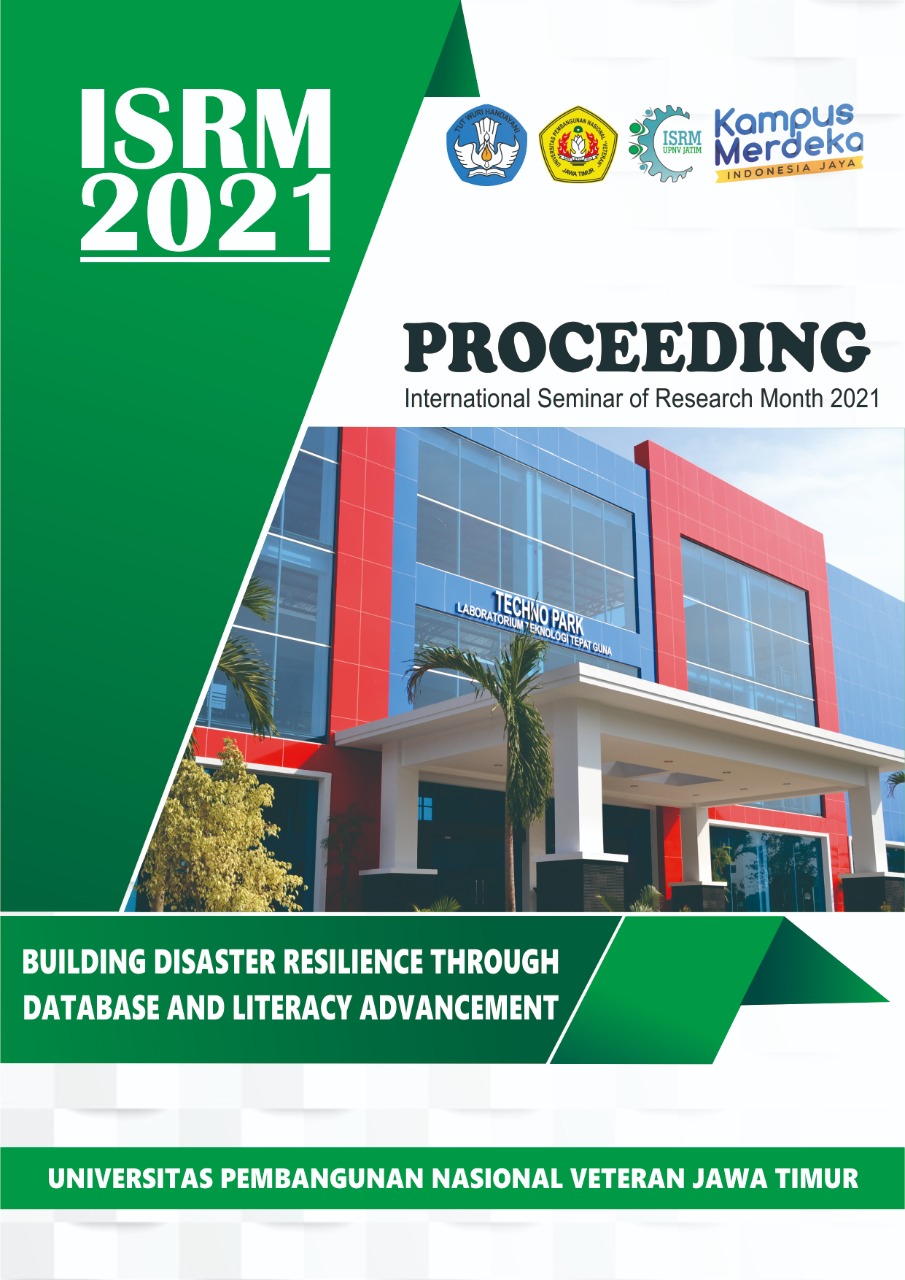Identification of Flood Distribution Using Sentinel-1 Satellite Images (Case Study: Gresik Regency)
DOI:
https://doi.org/10.11594/nstp.2022.2464Keywords:
Identification of flood distribution, land use, GEE (google earth engine) platformAbstract
Population growth is highly correlated with development activities. Development activities bring changes in land use from one period to the next, bringing relatively high changes, especially changes in land use. Changes in land use that occurs will be a potential for floods, landslides, and prolonged drought if not controlled. It is necessary to do a mapping caused by the impact of the flood disaster, which will later be used as a database which is a regional administration need for land cover information as well as consideration for making a policy for the benefit of the surrounding community. Regional administration needs for land cover information will support planning in an area. Remote sensing is a medium that can monitor the dynamics of land-use change quickly and at a relatively low cost. And by using Sentinel-1 satellite imagery data with the GEE Platform (google earth engine). GEE (google earth engine) is a cloud-based computing platform for performing geospatial analysis, with petabytes of data for scientific analysis and visualization of geospatial data on a global scale. This study aims to identify the distribution of flood areas affected by floods in the Gresik Regency. The results of the study show that the estimated most affected by flooding is the estimated population affected by 6,800,071 Ha. Meanwhile, the next affected area is the Estimated Urban Land of 666,033 Ha. The last estimate affected by the smallest flood is 158,848 hectares of agricultural land. The districts affected by the flood include Cerme, Morowudi, Betatu, Benjeng, Balung Panggang, Gresik Regency.
Downloads
Downloads
Published
Conference Proceedings Volume
Section
License
Copyright (c) 2022 Siti Zainab, Novie Handajani, Hendrata Wibisana

This work is licensed under a Creative Commons Attribution 4.0 International License.
Authors who publish with this proceedings agree to the following terms:
Authors retain copyright and grant the Nusantara Science and Technology Proceedings right of first publication with the work simultaneously licensed under a Creative Commons Attribution License that allows others to share the work with an acknowledgement of the work's authorship and initial publication in this proceeding.
Authors are able to enter into separate, additional contractual arrangements for the non-exclusive distribution of the proceedings published version of the work (e.g., post it to an institutional repository or publish it in a book), with an acknowledgement of its initial publication in this proceeding.
Authors are permitted and encouraged to post their work online (e.g., in institutional repositories or on their website) prior to and during the submission process, as it can lead to productive exchanges, as well as earlier and greater citation of published work (See the Effect of Open Access).














